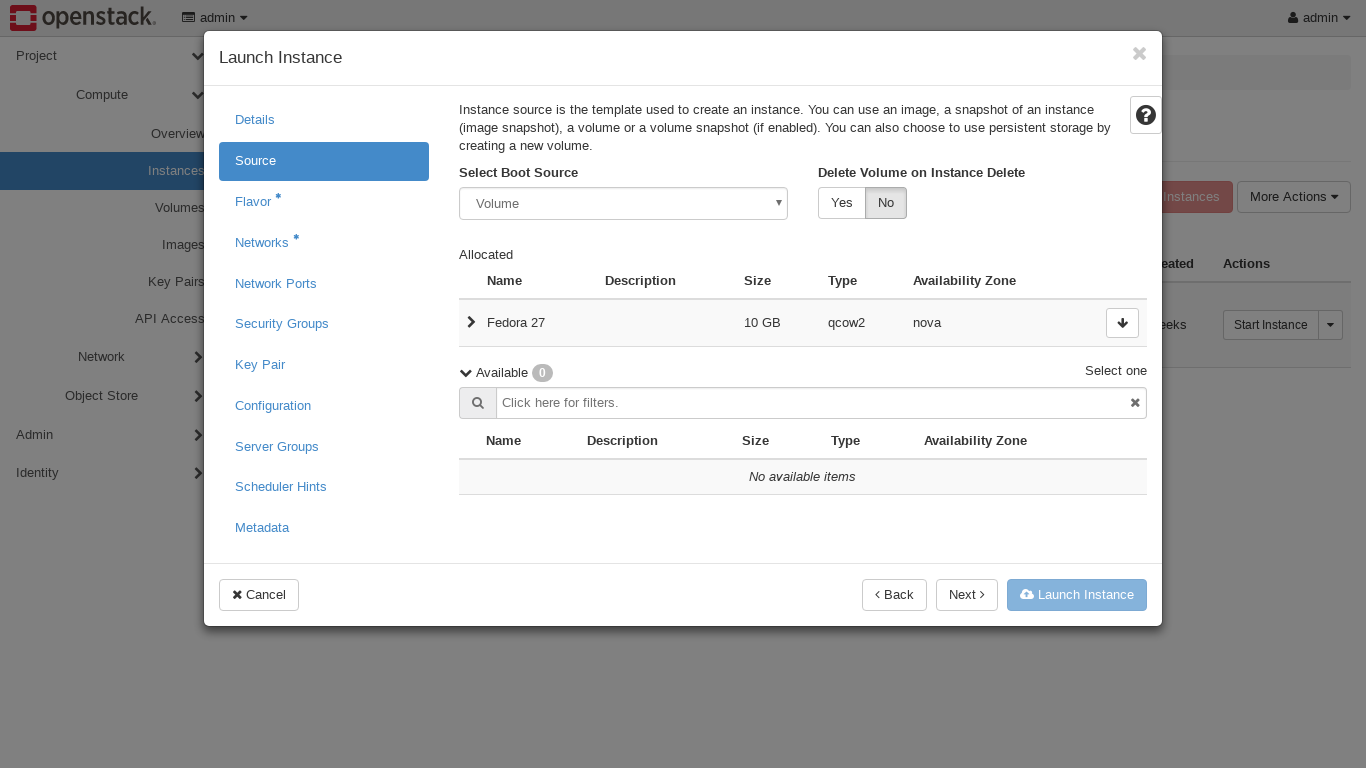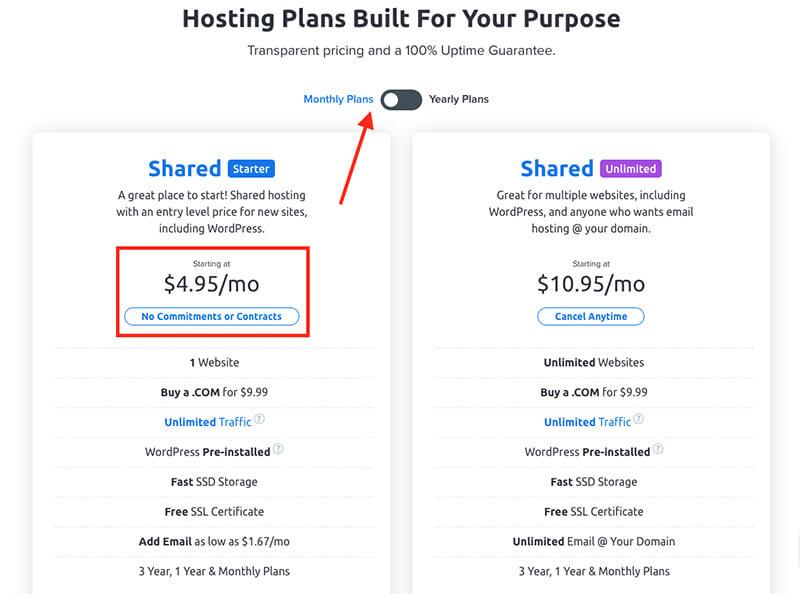
Secure Sockets Layer is a cryptographic protocol that allows data to be exchanged over a network. During the handshake, a server and client send one another a message called a ServerHello. This message contains information like the protocol version and cipher suite as well as the compression method. The session id, which is an unique value sent by a server, is also included. This is the client's unique identifier that allows it to identify itself and continue the handshake.
RFCs for secure sockets layer
Secure sockets layer, also known as SSL, is a protocol that allows secure communication between applications. This protocol was originally developed by the Internet Engineering Task Force in 2002. It is a security protocol used to protect personal data during transmissions over the Internet. The protocol is standardised and doesn't require any special hardware. To use it, however, you will need to have a trusted server.
Netscape created the Secure Sockets Layer. It has been updated through SSLv2, SSLv3, TLSv1.0, and SSLv3. Secure Sockets Layer's implementation is the OpenSSL library. This is commonly referred to as a reference implementation.

MAC algorithm
Secure Sockets Layer MAC is a key exchanging protocol that uses Secure Sockets Layer. Its public/private combination key pair is generated with RSA. RSA uses the public/private pairing to generate a unique MAC. This algorithm is impervious to tampering. However, this algorithm is susceptible to a form of attack known as a pad attack. This attack can cause the MAC key to be corrupted, resulting in a message that is not recoverable. It is important to use MAC encryption key that are not prone to security problems in order to counter this attack.
Vulnerabilities
Site and application security is compromised by SSL vulnerabilities. Over the past several years, numerous vulnerabilities have been found. The zero-logon vulnerability is one of the most well-known. It is being exploited by ransomware, advanced persistent threat actors, and other malware. Other vulnerabilities are found in SSL VPN applications. These include CVE-19-19781 (Citrix ADC) and CVE-14-0630 (Pulse Connect Secure SSLVPN).
The Compression Ratio Info Leak Made Easy (CRIME) is another vulnerability that affects SSL/TLS. TLS compression is an integral part SSL/TLS. The compression algorithm replaces repetitive byte patterns with pointers that point to the first instance. This makes the compression ratio much more effective. DEFLATE is the most widely used compression method, and clients and servers alike can take advantage of its vulnerability.
TLS_DH_anon
TLS_DH_onon secures data sent over Internet using the Secure Sockets Layer TLS_DH_. It employs forward secrecy and a Diffie–Hellman exchange key to protect transmitted data. ServerHello messages are sent to clients when they send them messages. They include a random number, cipher sequence, and compression method. The message is protected until the session ends.

TLS_DH_anon is the most used encryption protocol. This algorithm protects data transmissions using a symmetric key algorithm. Each connection generates its own unique keys. These details are exchanged between the client and server before the first byte is sent. A shared secret is used for symmetric encryption between the client and server. This is a way to ensure data security and reliability.
ECDH_anon
Secure sockets layer (SSL) is a networking protocol that encrypts connections between a web server and web client over insecure networks. Netscape introduced SSL back in 1995. SSL quickly became an industry standard for secure online transactions. SSL is commonly used to encrypt and authenticate other applications. The Internet Engineering Task Force has stopped recommending SSL for general usage in 2015. It has since been replaced by the Transport Layer Security protocol (TLS).
FAQ
Should I hire someone to design my website or do it myself.
If you're looking to save some money, don’t pay for web designing services. Hiring someone else to make your website is a good option if you're looking for quality results.
You can build websites yourself without paying for professional designers.
If you're willing to put in the time and effort, you can learn how to make a great-looking site yourself using free tools like Dreamweaver and Photoshop.
An alternative option to outsourcing your project is to hire an experienced freelance web designer who charges per-hour instead of per job.
Can I use HTML & CCS to build my website?
Yes! If you've been following along so far, you should now understand how to start creating a website.
You now know how to build a website structure. Now you need to learn HTML and CSS coding.
HTML stands for HyperText Markup Language. It is similar to writing a recipe. It would include ingredients, instructions, as well as directions. Similarly, HTML tells a computer which parts of text appear bold, italicized, underlined, or linked to another part of the document. It is the language used to describe documents.
CSS stands to represent Cascading Stylesheets. It is like a stylesheet that you use to create recipes. Instead of listing each ingredient or instruction, you will write down the general rules for font sizes and spacing.
HTML tells the browser how to format a web page; CSS tells it how to do it.
Don't panic if either of these terms are confusing to you. Follow the tutorials and you will soon be creating beautiful websites.
How to design a site?
It is important to first understand your customers and what your website should do for them. What do they look for on your site?
What problem might they face if your site doesn't have what they are looking for?
After you have this information, you need to find out how to solve the problem. Your site must look professional. It should be easy for users to navigate.
You should have a well-designed website. It shouldn't take too many seconds to load. People won't stay as long if it takes too long to load. They'll move elsewhere.
When you are building an eCommerce site, it is important to consider where all your products are located. Are they all located in the same location? Are they scattered about your site?
You must decide whether to sell one product only or many products simultaneously. Do you want to sell just one type of product or multiple kinds?
After you've answered these questions, it is possible to start building your website.
Now, you have to think about the technical aspects of your site. How will your site work? Is it fast enough? Can they access it quickly via their computers?
Are people able to purchase something without paying extra? Is it necessary for them to register before they are able to purchase anything?
These are essential questions that you need to ask yourself. Once you know the answers to these questions, you'll be ready to move forward.
What is a website static?
A static website contains all content stored on a server that visitors can access via web browsers.
The term "static", refers to the absence or modification of images, video, animations, and so forth.
This site was initially designed for corporate intranets, but it has been adopted by individuals or small businesses who desire simple websites that don't require complex programming.
Static sites have become increasingly popular because they require less maintenance. Static sites are easier to maintain and update than fully-featured websites with multiple components (such as blogs).
They also load quicker than their dynamic counterparts. This makes them perfect for users who are using mobile devices or have slow Internet access.
A static website is more secure than its dynamic counterparts. A static website is impossible to hack. Hackers have only access to data stored in a database.
Two main methods can be used to create a static site:
-
Using a Content Management System (CMS)
-
Creating a Static HTML Website
It all depends on what you need. If you're new to creating websites, I recommend using a CMS.
Why? It gives you full control of your website. With a CMS, you don't need to hire someone to help you set up your site. Upload files directly to the CMS.
Still, you can learn to code and create static websites. However, you will need to put in some time to learn how to program.
Statistics
- Did you know videos can boost organic search traffic to your website by 157%? (wix.com)
- It's estimated that in 2022, over 2.14 billion people will purchase goods and services online. (wix.com)
- When choosing your website color scheme, a general rule is to limit yourself to three shades: one primary color (60% of the mix), one secondary color (30%), and one accent color (10%). (wix.com)
- At this point, it's important to note that just because a web trend is current, it doesn't mean it's necessarily right for you.48% of people cite design as the most important factor of a website, (websitebuilderexpert.com)
- Studies show that 77% of satisfied customers will recommend your business or service to a friend after having a positive experience. (wix.com)
External Links
How To
How to use WordPress in Web Design
WordPress is a tool for creating websites and blogs. WordPress' main features include an easy installation, powerful theme options and plug-ins. You can customize your website using this website builder. It comes with hundreds of themes and plugins that help you make any site. If you'd like, you can also add your own domain. These tools allow you to easily manage the appearance and functionality of your website.
WordPress allows you to create beautiful websites even if you don't know how to code HTML. It doesn't matter if you don’t know much about coding. You can create a beautiful website in no time. In this tutorial, we'll show you how to install WordPress on your computer and then walk through some basic steps to get your new blog online. We'll explain everything so you can follow along at home.
The most popular CMS (Content Management System) out there is WordPress.com currently has around 25 million users worldwide and counting. There are two versions available for WordPress. You can either buy a monthly license or download the source codes and host it yourself for $29 each month.
There are many reasons why people choose WordPress as their blogging platform. One reason is that WordPress is extremely easy to use. Anyone with a basic knowledge of HTML can create a stunning site. It also offers flexibility. Many themes are free on WordPress.org, meaning you can change the look and feel of your site entirely without having to pay a penny. Finally, it's highly customizable. Developers offer premium add-ons which allow you to update posts automatically when someone comments or integrate social media sharing within your site.